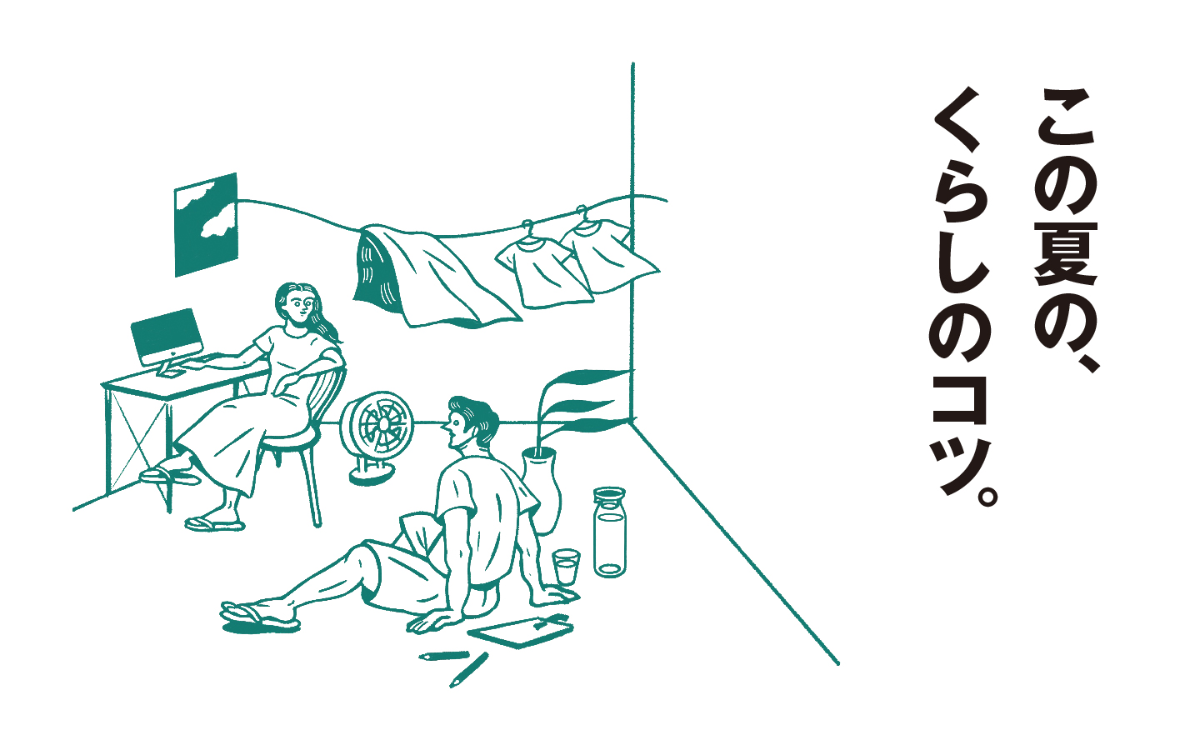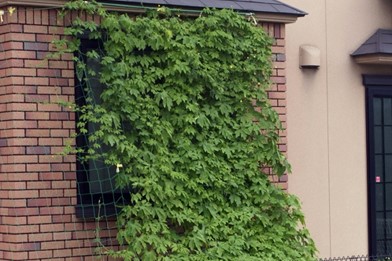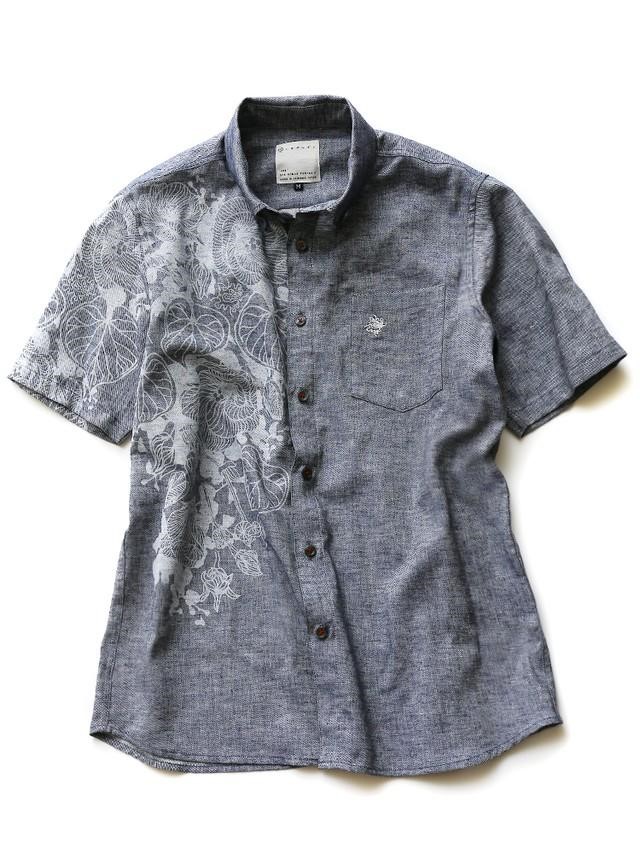Green Okinawa (11) Stay cool indoors and in the car

Dear OISTers,
The Resource Center is putting together information and recommendations on how to be environmentally friendly in Okinawa.
According to the Japanese Agency for Natural Resources and Energy air conditioning accounts for 58% of the energy consumption in an average household during the summer (link). Here are our tips on how to keep cool in the Okinawan summer without melting the polar ice caps. You can even sign up to support Japan’s ‘Cool Choice’, the nation-wide effort to be energy efficient and reduce greenhouse gas emissions (link).
Top five tips
- Shade your windows, and use a sunshade on your car windshield when you park outdoors. Protection from the sun will help reduce the temperature indoors and inside your car.
- Keep your air conditioning unit clean, set it at 28°C (about 82 °F) and use a fan to direct the cooler air to where you need it.
- Keep doors and windows closed to keep the cooler air inside (this is not recommended in shared spaces during the COVID-19 pandemic).
- Wear loose, light clothing, drink plenty of water, and avoid excess alcohol
- If you need to sit in your car for a few minutes, use the sunshade on your car windshield to protect you from the sun.
Staying cool inside
The temperature the Japanese Ministry of the Environment recommends that you set your air conditioner to a cool 28°C (about 82 °F) (link). Setting your air conditioner at a lower temperature won’t cool your home more quickly and constantly changing your temperature setting makes the thermostat run inefficiently. But there are lots of ways to keep cool indoors, here are some tips:
Prevent your home or office space from getting overheated by keeping the blinds drawn or partially closed to reduce the greenhouse effect.
Cold air falls to the ground, so you may feel cooler sitting and sleeping on a tatami mat. A fan can help the cool air to circulate around the room.
Clean your air conditioning unit to keep it running as efficiently as possible. Here is a YouTube video on how to do this yourself (link) and here is a list of companies that provide professional cleaning in Okinawa (link)
Shading your air conditioning unit from direct sunlight can reduce the temperature of the unit a little bit. You can create some shade with outdoor awning or a reflective sheet. Make sure you don’t obstruct any airflow. Here is a method using a reflective sheet (link). Here is a company in Okinawa selling and installing awning (link), please ask us at the Resource Center if you need help making an inquiry.
Grow a ‘green curtain’ on your balcony. Vines like Goya (bitter gourd), one of the best known Okinawan vegetables, is great for creating green curtains. A canopy of green leaves outside your windows can shield you from 80% of the heat from the sun (link). The Japanese Ministry of the Environment website provides instruction on how to create green curtains (link) and here is a YouTube video (link).
For more practical guidance on how to keep your home cool in an energy efficient way read the manual from the Florida Energy Center linked here.
Staying cool at work with CoolBiz
‘CoolBiz’ is an initiative of the Japanese Ministry of the Environment that promotes energy efficiency in the workplace. CoolBiz recommends that in the hot weather, offices across Japan set the air conditioning temperature to 28℃ (about 82 °F) to save energy (link). Other tips include cleaning the AC filter; using fans, using curtains or blinds on windows which get a lot of sun, turning off equipment that’s not being used and using a breathable cushion on your office chair.
The campaign encourages people to wear light clothes like short sleeved shirts. Okinawan ‘Kariyushi’ shirts are the ideal clothes to stay cool in hot weather. You'll see people working in public offices, banks and other businesses in Okinawa wearing the Kariyushi shirts.
The CoolBiz website also offers tips for staying cool at home (link)
Staying cool whilst driving
Lighter coloured cars reflect sunlight better than darker cars. This helps keep the air inside cooler and reduces how much work your air conditioner does and thereby how much fuel you burn (link).
Choose a car with tinted windows. Most cars sold by car dealers in Okinawa have the side windows tinted. You can get your car windows tinted at many garages near OIST including
- Emuwan, Okinawa city, 098-938-3360 http://www.emuwan-okinawa.com/
- Autoshop Gushikawa, Okinawa city, 098-989-8985 https://car-accessories-store-386.business.site/
If you have passengers, kids or pets in the back of your car, use sun shades on the passenger windows. It will reduce the overall temperature in the car, and also prevent the safety buckles getting red hot in the sun. You can buy them from car supply shops like Yellow hat, Autobacs, homecenters like Tabata and Makeman and online at Rakuten, etc.
Keeping cool parking the car
It is rare to find shaded areas to park your car in Okinawa. So, use a sunshade on your car windshield to block out the sun. On a sunny day, it will keep the air in your car an average of 9ºC or 15ºF cooler and you won’t need to put your air conditioning on so high to reduce the temperature when you first get in (link). You can buy the reflective type in Tabata.
If you need to sit in your car for a few minutes, use the sunshade on your car windshield to protect you from the sun. Turn your car engine off and the latent cool air inside the car will keep you cool for a few minutes. Keeping your engine running creates lots of exhaust fumes for the people around you and wastes a lot of fossil fuel.
Cold winters in Okinawa
Okinawa can get surprisingly cold in the winter months. If you are preparing to relocate to Okinawa - bring your warm clothes and bedding for the winters! Homes in Okinawa are not well insulated so blankets and heavy duvets are very useful too. Store things in vacuum sealed bags during the rainy season until chilly December comes.
Did you find this post helpful? Please let us know what you think by sharing your comments here or dropping a note to the OIST Resource Center.
Read the previous Green Okinawa posts here
This Green Okinawa post was developed in collaboration between Mai Barnes (OIST Resource Center) Yoshimasa Nakamura (OIST Resource Center) and Kate Whitfield.

Photo credit green curtain shuminoengei.jp

Okinawan shirts habubox.base.shop
Photo credit: MUJI



